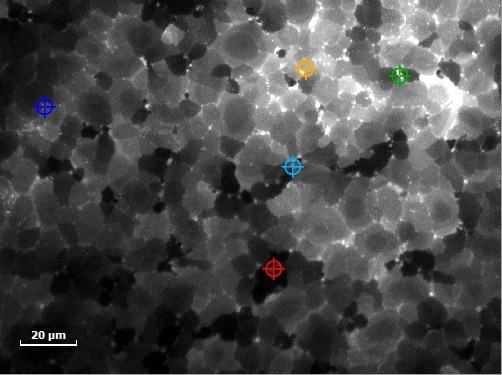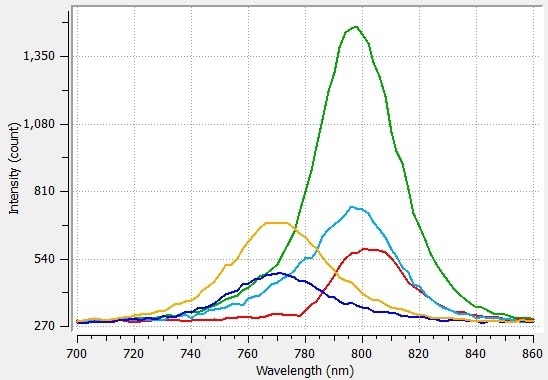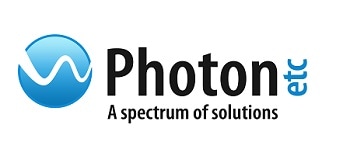In the last two decades societal, commercial and scientific efforts have driven solar cells from costly niche markets to commercial equality with legacy energy sources. New studies performed on perovskite solar cells have shown significant potential. It goes without saying that this emerging range of material shows the most robust growth in efficiency ever witnessed in the photovoltaics field.
Thanks to its ease of manufacturing through roll-to-roll processes, relatively low cost, and a thickness of just ~0.5 µm, the perovskite material seems to be the ideal candidate for the next generation of solar technology. Yet, its durability continues to prevent it from leaving the laboratory; paradoxically, perovskite’s sensitivity to light and heat is among its weaknesses.
Hyperspectral Global Imaging
The microstructure of the perovskite solar cell has effects on its efficiency, and therefore, a greater understanding is needed to ensure the development of this candidate. In an effort to understand this material, researchers are turning to an advanced imaging technique called hyperspectral global imaging. This technique gives comprehensive information over millions of points on the surface of the material, within minutes or even seconds.
Transmittance, reflectance, and luminescence images quantified at hundreds of wavelengths give key physicochemical properties at the micrometer scale. During the characterization of perovskite devices or films, it must be remembered that they have an extremely low damage threshold. When examining this family of material, it is necessary to stay at low power density as this will ensure two things: damage will not be caused to the sample and the experiment can be conducted in realistic conditions of the operation of solar panels.
Characterization of Perovskite Solar Cells with Hyperspectral Global Imaging
Below is an overview of the characterization of perovskite solar cells that can be carried out with hyperspectral global imaging:
- Maps of maximum luminescence intensity offer information associated with losses. It is important that a good solar cell is as luminescent as possible [1], and acquiring local information on the luminescence quickly offers a better understanding of the device’s overall efficiency.
- One can localize spectral signatures and assign them to grain boundaries, defects, phase segregation, and so on. Therefore, luminescence maps can offer information on the composition and uniformity of a given solar cell.
- When hyperspectral imaging is integrated with a photometric calibration module, local information on the charge transport efficiency, quasi-fermi level splitting, and EQE [2] can also be realized.
Hyperspectral global electro- and photoluminescence imaging provided important insight on the hybrid perovskite solar cells we are producing in my lab: identification of spatial inhomogeneities lead to a better understanding of the limited fill factors of those devices.’
Dr. HENK BOLINK (ICMOL)
Results from Prof. Bolink and the team from EDF R&D and the Institute of Research and Development on Photovoltaic Energy (now the IPVF) are presented here: [2]. Results presented below were acquired during another recent collaboration with Prof. Docampo.
Perovskite crystals—from Dr. Pablo Docampo research group

Figure 1. Monochromatic photoluminescence image extracted at 784 nm

Figure 2. PL spectra extracted from different region of the sample (see corresponding targets)

Figure 3. Map of the PL maximum intensity
References
[1] Miller et al., IEEE J. Photovolt., Vol. 2, No. 3, July 2012, DOI: 10.1109/JPHOTOV.2012.2198434
[2] El-Hajje et al., Energy Environ. Sci., May 2016, DOI: 10.1039/c6ee00462h

This information has been sourced, reviewed and adapted from materials provided by Photon etc.
For more information on this source, please visit Photon etc.